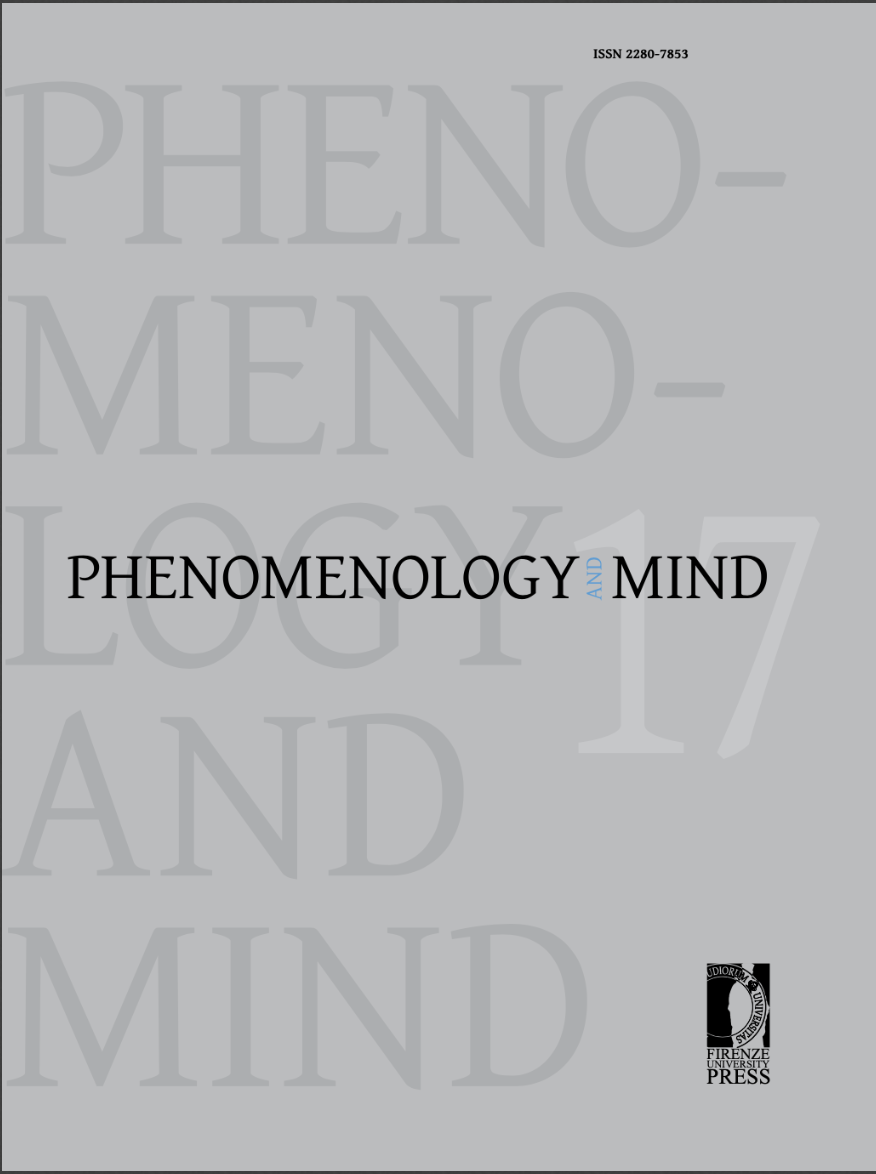Published 2016-11-26
Keywords
- embodied/enactive perception,
- Gestalt theory
How to Cite
Abstract
Thatcher’s Perceptual Illusion is presented as a case study to test the fruitfulness of Helmuth Plessner’s Aesthesiology for contemporary philosophical and empirical research on sensory perception (§1). In one reading, Thatcher Illusion’s seems to question Gestalt Theory. We argue that it limits ideed its explanatory power, by forcing us to distinguish physiognomic identity from emotional expression (§2). Although integrating Gestalt Theory, Aesthesiology takes a further step into a thorough criticism of contemporary reductions of Phenomenal Consciousness in terms of Qualia: an embodied-enactive theory of perception (§3). Plessner’s insights into Geometry and Music as “symbolic forms” grounded, respectively, on goal-directed action/objects manipulation, and on emotional expression are expounded (§4). The Thatcher’s Illusion’s Puzzle is solved on the basis of this Plessnerian distinction (§5).

